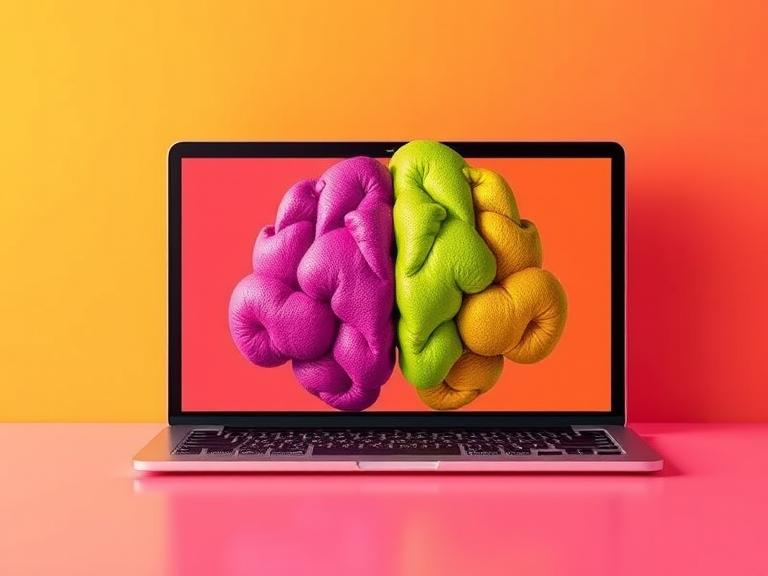In the digital world, first impressions matter. The colors used on a website play a crucial role in influencing visitor behavior, emotions, and, ultimately, conversions. Color psychology is the study of how different colors affect human emotions and actions. Businesses that understand and implement effective color strategies can significantly improve user engagement and conversion rates.
The Science Behind Color Psychology
Colors evoke different emotions and associations in people’s minds. For example, red often signifies urgency or passion, while blue represents trust and calmness. These psychological effects can impact how users interact with a website, influencing their decision-making process.
Key Colors and Their Impact on Website Conversions
1. Red – Urgency and Excitement
- Red is often used in clearance sales, call-to-action buttons, and limited-time offers.
- It creates a sense of urgency and can lead to impulsive decisions.
- Example: Amazon frequently uses red for discount labels and limited-time deals.
2. Blue – Trust and Security
- Blue is a popular choice for banks, healthcare websites, and corporate brands.
- It instills confidence, professionalism, and reliability.
- Example: PayPal and Facebook use blue to encourage user trust.
3. Green – Growth and Tranquility
- Green is associated with nature, health, and wealth.
- It’s commonly used in financial services, eco-friendly businesses, and wellness brands.
- Example: Websites promoting organic products or sustainability initiatives use green prominently.
4. Yellow – Optimism and Attention-Grabbing
- Yellow is a cheerful color that conveys happiness and warmth.
- It can grab attention but should be used sparingly to avoid overwhelming users.
- Example: McDonald’s uses yellow in its branding to create a friendly and energetic atmosphere.
5. Orange – Enthusiasm and Encouragement
- Orange is a combination of red’s urgency and yellow’s friendliness.
- It works well for call-to-action buttons, sign-ups, and promotions.
- Example: Amazon’s ‘Add to Cart’ button is orange to encourage conversions.
6. Black – Sophistication and Luxury
- Black signifies elegance, power, and exclusivity.
- High-end brands and fashion websites often use black for a premium feel.
- Example: Apple uses a black and white scheme for a sleek, modern look.
7. White – Simplicity and Cleanliness
- White represents minimalism, simplicity, and clarity.
- It is commonly used as a background color to enhance readability and focus.
- Example: Google’s homepage uses a white background for a clean and distraction-free experience.
How to Choose the Right Colors for Your Website
- Understand Your Audience: Consider your target audience’s preferences and cultural associations with colors.
- Align with Brand Identity: Choose colors that reflect your brand’s values and message.
- Use Contrast for Visibility: High contrast between text and background improves readability and accessibility.
- Test and Optimize: Conduct A/B testing with different color schemes to determine what works best for conversions.
Conclusion
Color psychology plays a significant role in website conversions. By strategically using colors that align with your brand and audience preferences, you can enhance user experience, increase engagement, and boost conversions. Whether you aim to create urgency, build trust, or evoke excitement, the right color choices can make a difference in how visitors perceive and interact with your website.
Implement color psychology effectively, and watch your website’s conversion rates soar!


